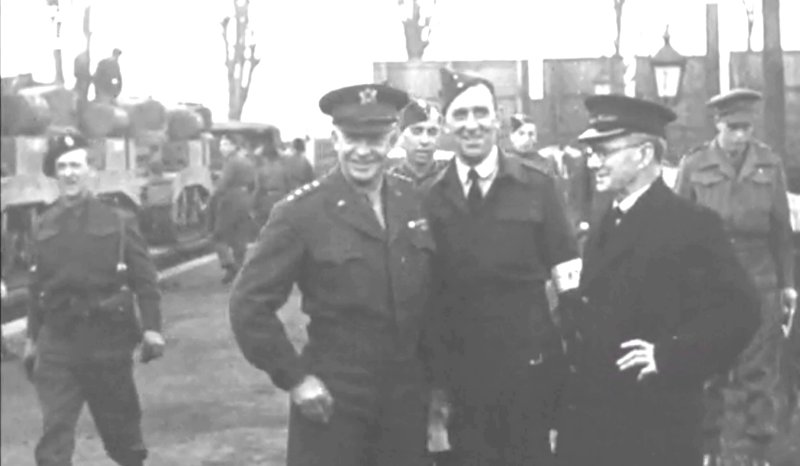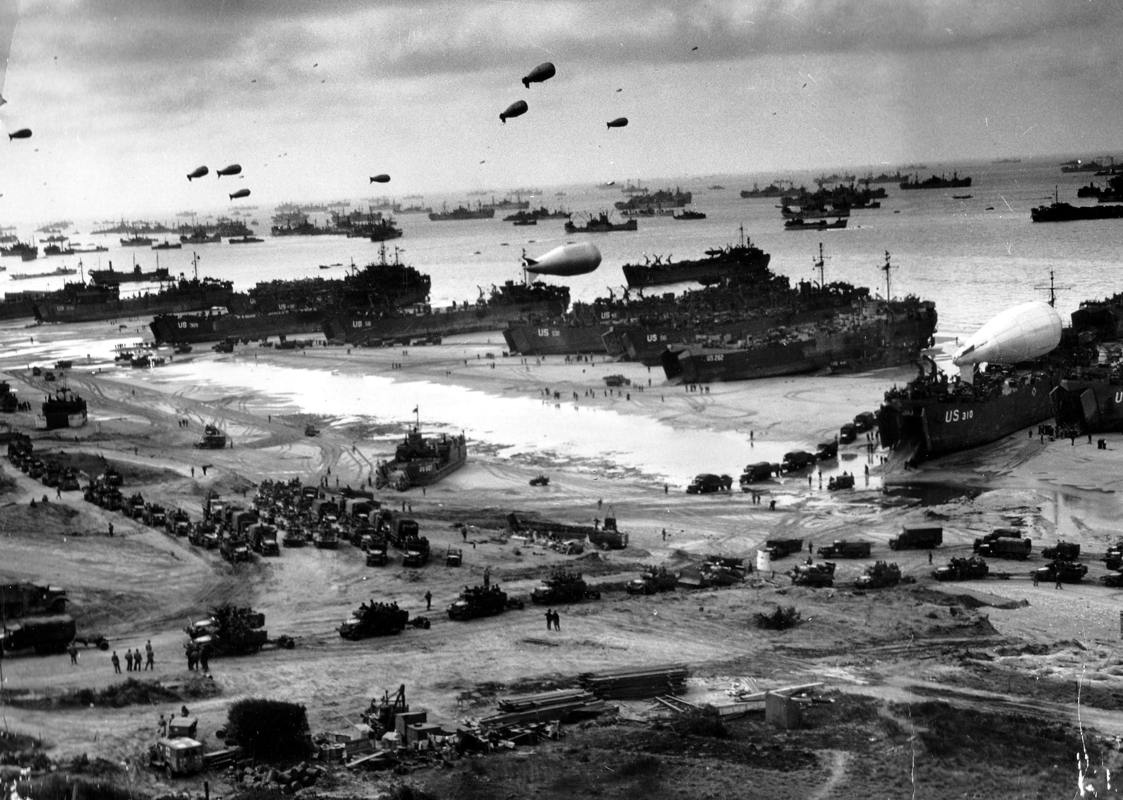Newmarket was shrouded in secrecy during World War II (WWII). Although military convoys and various aircraft flying in and out from the air base on the Heath were familiar sights for local residents, everyone was well-schooled in the need for “keeping mum” (quiet), and for being suspicious of ‘strangers’ as possible spies. If the long War effort was to succeed, and keep Britain free, everyone had a role to play. Thus, local rumours of spies abounded in Newmarket throughout the War and some were probably well – founded.
Today, unlike Newmarket residents in the 1940s, we know quite a lot about events in the world around us, the activities of the Royal Air Force (RAF) throughout the War and the important role which the air base on the Heath (on the Rowley Mile Racecourse) played within Bomber Command. Most of East Anglia was covered at intervals with air bases which belonged either to Bomber Command or to Fighter Command due to its proximity to Europe. .
News was heavily censored during WWII for security purposes. It arrived via word-of-mouth, the radio, newspapers and in cinema newsreels. However, Newmarket was a busy place standing on main routes and connecting many other places and activities. Even so, because of the strict news censorship, the town’s own major bombing raid, in February 1941, had gradually faded into obscurity until Newmarket Local History Society (NLHS) had begun to reassemble the evidence and eye-witness testimonies in the 1990s. Contemporary newspapers had only been allowed to say that it was a raid on a Suffolk market town! .
D-Day saw the largest amphibious invasion force assembled in history with combined army, navy and air forces from Britain, the USA, Canada with personnel from many other European countries, such as Poland, together with people from across the British Empire. Originally scheduled for June 5th 1944, the invasion was postponed to June 6th due to the weather. It transformed the course of WWII and ultimately, resulted in Victory with the Liberation of Western Europe. .

So, apart from contributing manpower, did Newmarket play any direct roles in the very significant D-Day events? The answer is an emphatic “yes”, Newmarket was significantly involved – but in many clandestine ways. Newmarket Heath had been essential, as had other wild areas of Suffolk, in preparing for the invasion. This had involved a story too long to tell here of fake intelligence leaks to the enemy, fake inflatable tanks, “Hobart’s Funnies” (specialist engineering vehicles), a lot of elaborate misdirection to the Nazis (e.g. Operation Bodyguard) and an incredible amount of detailed planning. .
Newmarket Heath provided abundant space but Newmarket also had 3 railway stations, good rail connections and significant sidings. Many of the tanks and vehicles used in the D-Day invasion were loaded up here onto specialised rail transporters. I recently found solid evidence of this via some little-known WW2 army films in the Imperial War Museum (IWM). In one of these General Dwight D. Eisenhower is depicted inspecting the D-Day vehicles which had been loaded for transport. This means he came secretly to Newmarket in early April 1944. .
Written by Sandra Easom (NLHS: Newmarkethistory.org.uk)

